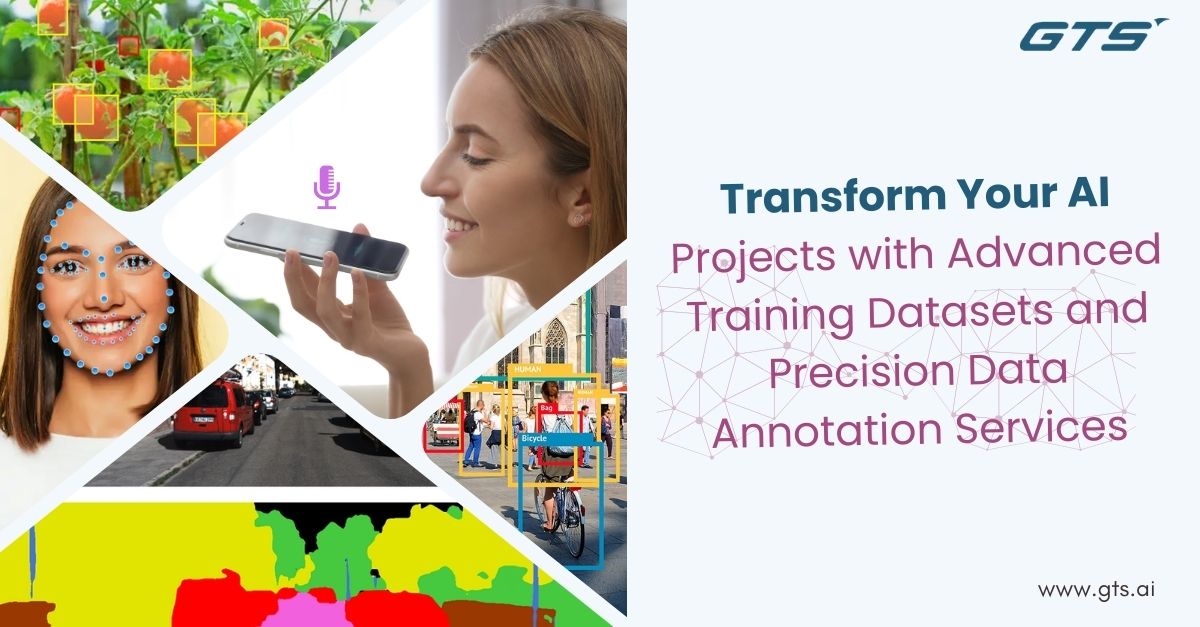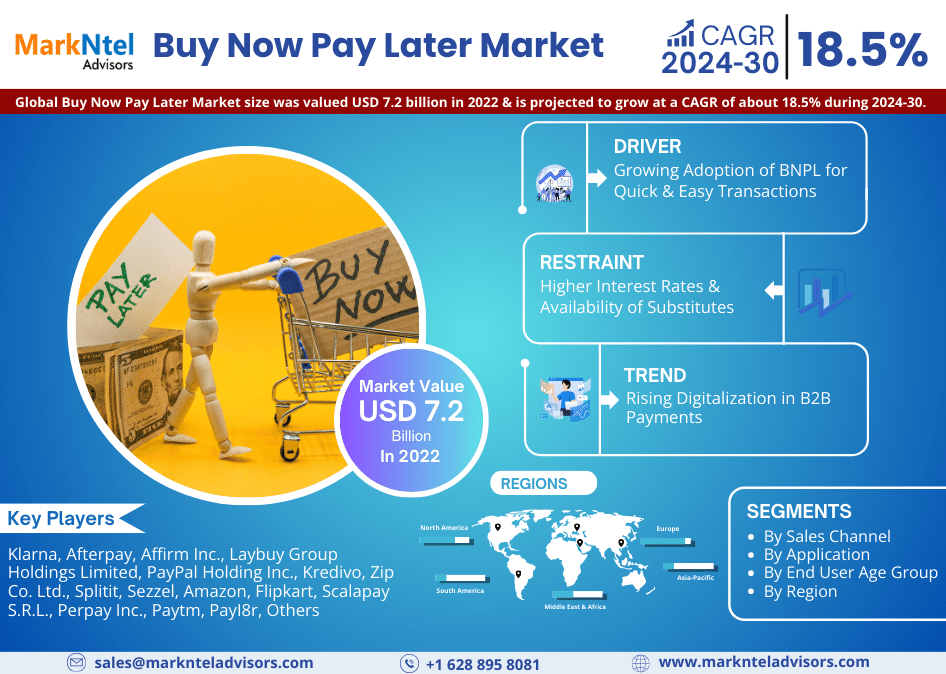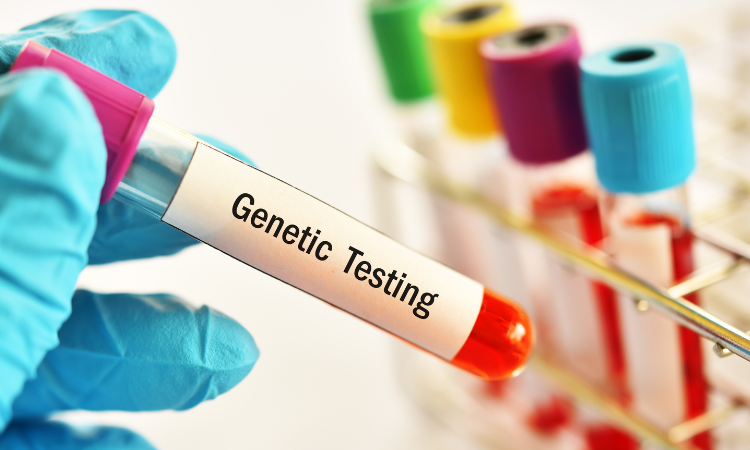Introduction
In the era of digital transformation, speech transcription has emerged as a powerful tool that is reshaping the way we communicate, access information, and interact with technology. As a crucial component of speech recognition technology, speech transcription involves converting spoken language into written text, making it an invaluable asset in various fields, including healthcare, legal, media, education, and customer service.
The Evolution of Speech Transcription
The journey of speech transcription began in the early days of computing, with rudimentary systems that could only recognize a handful of words. Over the decades, advancements in artificial intelligence, machine learning, and natural language processing have dramatically improved the accuracy, speed, and versatility of speech transcription tools. Today, these systems can transcribe speech in real-time, recognize multiple languages and dialects, and adapt to different accents and speaking styles.
How Speech Transcription Works
Speech transcription involves several complex processes:
- Acoustic Modeling: This step involves analyzing the sound waves of speech to identify phonemes, the basic units of sound in a language.
- Language Modeling: The system uses statistical models to predict the sequence of words that form coherent sentences based on the phonemes identified.
- Decoding: The system converts the predicted words into written text, taking into account grammar, context, and the nuances of the language.
Applications of Speech Transcription
Speech transcription has a wide range of applications across various industries:
- Healthcare: Medical professionals use speech transcription to convert patient interactions and notes into electronic health records, improving efficiency and accuracy in documentation.
- Legal: Court proceedings and legal documents are transcribed to create accurate records for reference and analysis.
- Media and Entertainment: Transcription is used to create subtitles and captions for videos, making content accessible to a broader audience, including those with hearing impairments.
- Education: Lectures and educational materials are transcribed to facilitate learning and provide accessible resources for students.
- Customer Service: Call centers use speech transcription to convert customer interactions into text, aiding in quality control, training, and analysis.
Advantages of Speech Transcription
- Accessibility: Transcription makes content accessible to individuals with hearing impairments and non-native speakers.
- Efficiency: Automating the transcription process saves time and resources compared to manual transcription.
- Searchability: Transcribed text can be easily searched and indexed, making it easier to find specific information.
- Analysis: Transcribed data can be analyzed for insights, trends, and patterns in speech and communication.
Challenges and Future Prospects
Despite its advancements, speech transcription still faces challenges such as handling background noise, recognizing diverse accents, and maintaining privacy and security. However, ongoing research and development in AI and machine learning are continuously improving the accuracy and capabilities of speech transcription systems.
The future of speech transcription holds exciting possibilities, including real-time multilingual translation, integration with smart devices and the Internet of Things (IoT), and advanced analytics for sentiment analysis and emotional recognition.
Conclusion
Speech transcription is a transformative technology that is revolutionizing communication in the digital age. Its applications span across various sectors, making information more accessible, enhancing efficiency, and opening up new avenues for analysis and innovation. As the technology continues to evolve, the potential of speech transcription to impact our lives and society is boundless.


